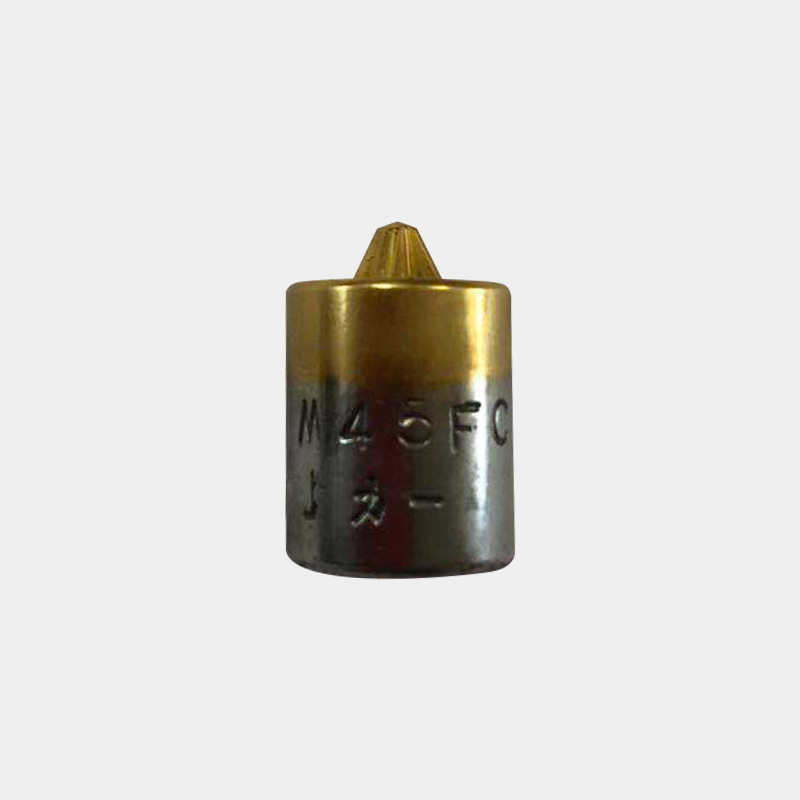The precision requirements of the cemented carbide punc […]
The precision requirements of the cemented carbide punches used in high-precision molds are very high, and the consistency of the products requires that each punch of mass production must be strictly in accordance with the dimensional accuracy tolerance requirements to maximize the service life of the mold. As a cemented carbide punch used in precision molds, the consistency of the product is a key factor, which will directly affect the service life of the mold and the dimensional accuracy of the product.
The stamping die work is a continuous operation, and the service life requirement of the punching pin has become the focus. Carbide punch pins need to choose different alloy materials according to the different materials and thickness of stamping. Generally, the thicker the punched product, the lower the hardness of the cemented carbide, the better the toughness. The harder the material, the relatively lower the hardness of the cemented carbide model should be selected, so as to effectively avoid the punch pin being punched out. For punching a relatively thin plate, or the hardness is not high, for the hole processing of this product, a hard alloy punch pin can be used with a higher hardness, so that the service life of the punch pin can be increased.

In addition to the choice of cemented carbide materials, one of the important factors affecting the quality and service life of the punch is whether the gap between the cold dies is uniform. In the process of assembling the hard alloy punch pins, the gap between the male and female dies must be ensured to be consistent. In order to ensure that the gap between the punch and the die is uniform, you must first determine the position of one of the pieces (the punch or the die) according to the drawings, and then use the piece as the reference to find the gap and determine the exact position of the other piece . Some stamping dies are assembled with many pieces of cemented carbide punch pins at one time, which requires the scientific and rational design of the die.
When assembling punch pins, there are mainly the following methods for controlling the gap between the punch and the die:
1. Light transmission method: Place and install the upper mold and the lower mold, illuminate with a lamp or flashlight, and observe the light transmission in the lower mold blanking hole.
2. Gasket method: A copper or paper sheet with a uniform thickness around the edge of the concave die, with a thickness equal to the gap between the convex and concave die unilaterally degree. And gently tap the fixing plate with a hand hammer to make the protrusion and the gasket have the same degree of tightness. After adjusting properly, tighten the upper mold.